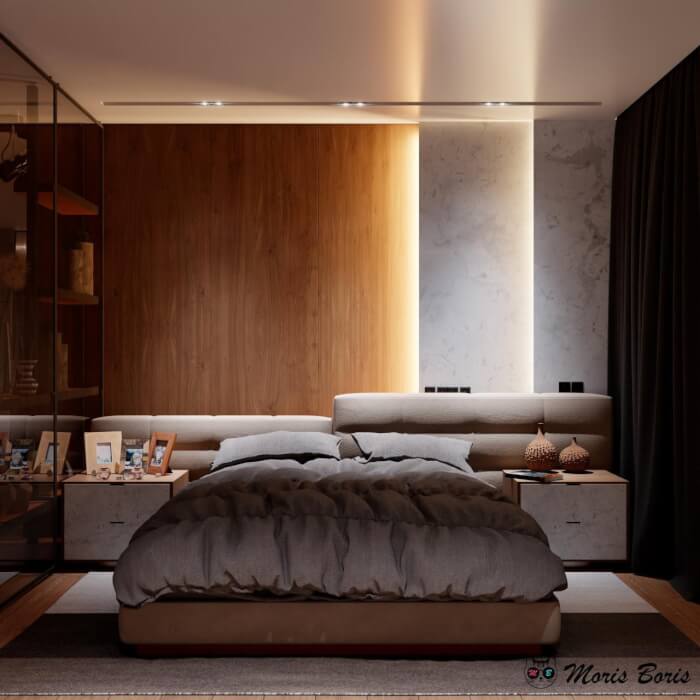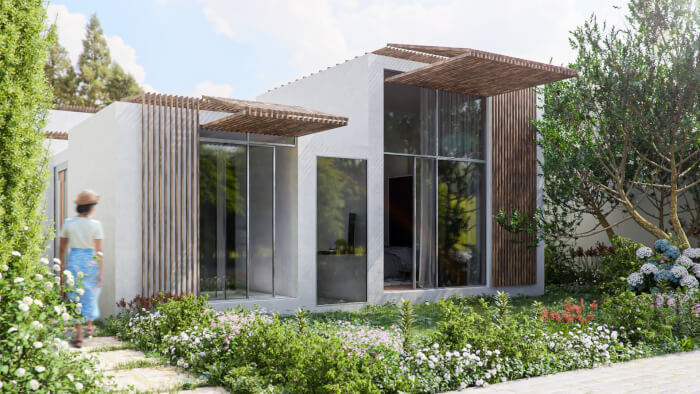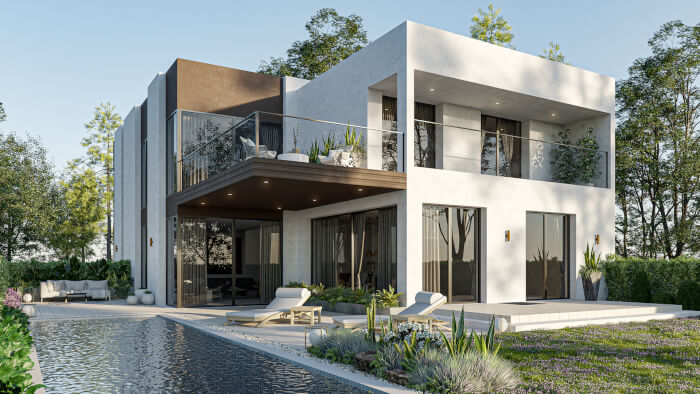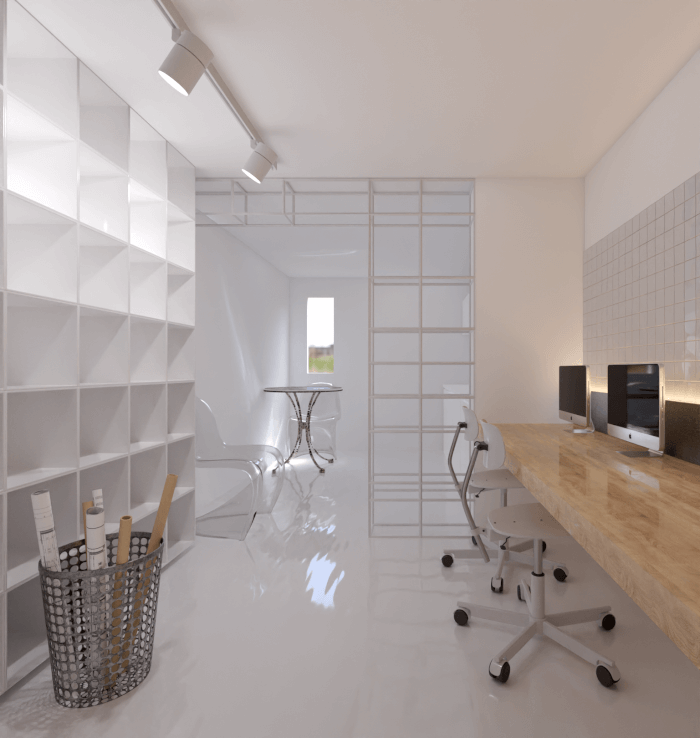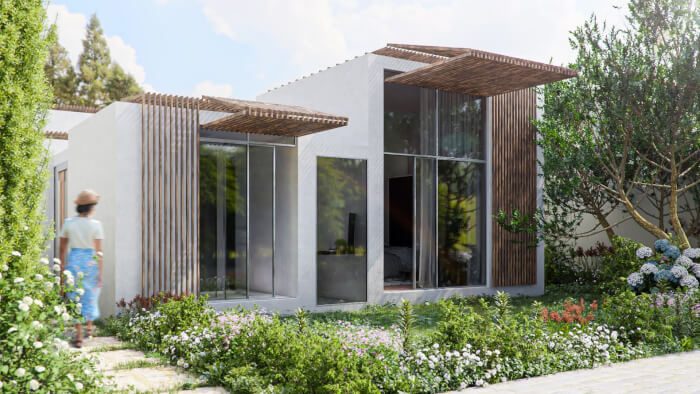
An interior design visualization using Blender has a natural tendency to using Cycles as the main render engine because it is a powerful and convenient solution. Since the render engine is already available, it is the first choice for most people. But, depending on the project, you may also find incredible results in external renders such as LuxCore. For many people, including me, renders produced with LuxCore often deliver much better realism in interiors.
That was the case of artist Ivan Chekrygin, who chose LuxCore to render an interior with a minimalistic design.
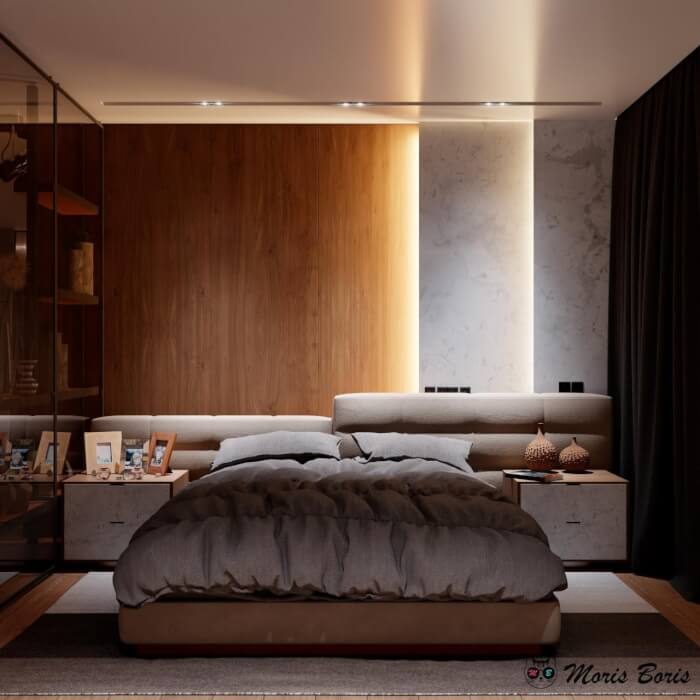
To render those images, he used a CPU-only approach that demanded 3–5 hours of processing.
If you want to take a peek at the settings used to render this series of 10+ interiors developed with Blender and LuxCore, the artist shared adjustments for PhotonGI, Indirect Light Cache, and Environment Light Cache. That might give you an insight on how to start with LuxCore if you want to try interiors with that engine.
The LuxCore render is free and open-source like Blender.
Using Blender for architecture
Do you want to use Blender for architecture or render your projects using Cycles or Eevee? We have three books available that could help you!
They cover the use of Blender for producing architectural content and also all information you need to render projects in real-time:
- Blender 2.9 for architecture: Modeling and rendering with Eevee and Cycles
- Blender 2.8 parametric modeling: Drivers, Custom Properties, and Shape Keys for 3D modeling
- Blender 3.0: The beginner's guide
- Blender 2.8 for technical drawing
- Blender Eevee: The guide to real-time rendering with Blender 2.8
You can get them in both digital and paperback formats. By ordering those books, you will not only improve your skills with Blender for architecture but also support Blender 3D Architect.

